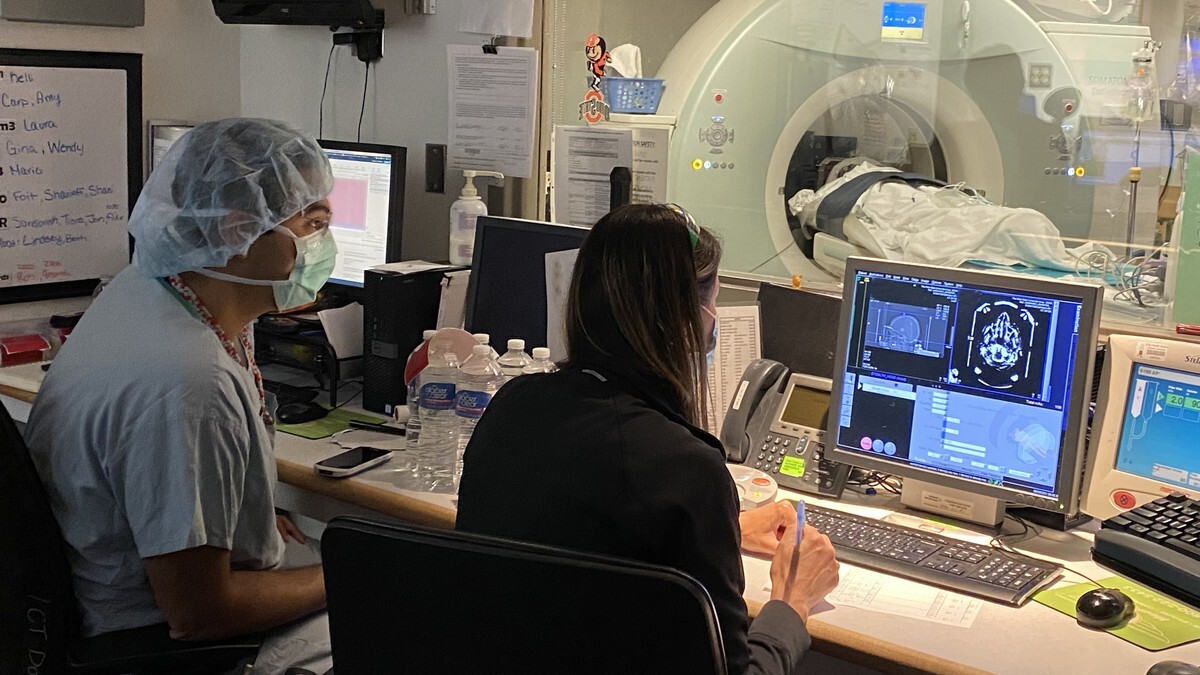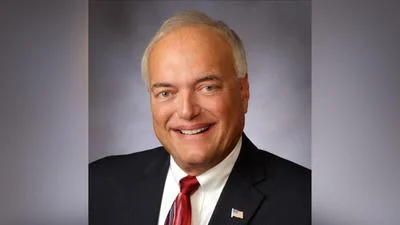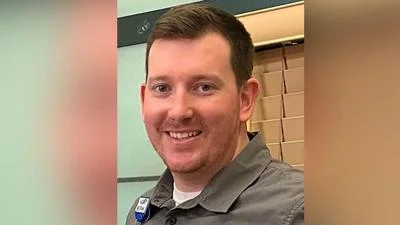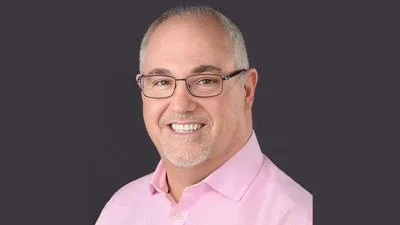COLUMBUS – Groundbreaking research is being done at The Ohio State University’s Wexner Medical Center that works to help monitor and ease Parkinson's disease symptoms.
A team of neurologists and neurosurgeons at the medical center’s Neurological Institute is among the first in the nation to use a new deep-brain stimulation (DBS) implant in patients as a way to help improve the quality of life of those with Parkinson’s disease, a press release from the OSU Wexner Medical Center said. The first two surgeries in the Midwest were done last week.
Symptoms of Parkinson’s disease that the implant improves include tremors, slow movements, stiff muscles and gait problems of dystonia and epilepsy, which are common with the disease as it progresses in a patient.
“We’re the first in Ohio to use this new device that combines both the sensing technology and directional technology,” Dr. Brian Dalm, who performed the second DBS surgery using the technology, said in the release. He noted that it is a “major milestone” in the treatment of Parkinson’s disease.
Parkinson’s disease is an incurable neurological disorder that affects the nervous system. As the disease progresses, nerve cells and neurons in the brain area that controls movement become impaired or die. The disease can progress slowly or very quickly, depending on the individual patient.
The DBS is a “pacemaker-like device placed under the skin of the chest to send electronic signals to an area in the brain that controls movement” and is used by 100,000 patients worldwide, the release said.
The new directional DBS works with Medtronic’s Percept PC neurostimulator to record brain signals and provide data to better understand how medication or stimulation changes affect the person; and it also enhances detection of local field potentials (LFPs), electrical signals from the brain one million times smaller than a DBS pulse, the release said.
“This represents a major advancement in our ability to understand the brain signals associated with neurodegenerative disorders,” Dr. Aristide Merola, director of Ohio State’s Center for Parkinson Disease and other Movement Disorders, said in the release. “This is a critical step to maximize DBS clinical results and inform the development of innovative strategies for the management of Parkinson’s disease and other neurological conditions.”
Other doctors working with the new DBS implant at the OSU Wexner Medical Center are neurosurgeon Dr. Vibhor Krishna and neurologist Dr. Barbara Changizi.







